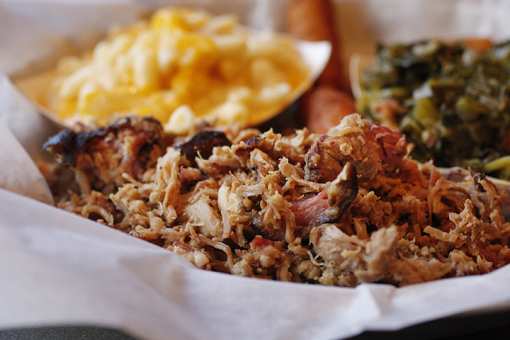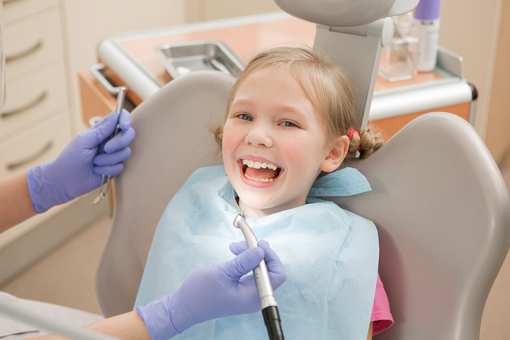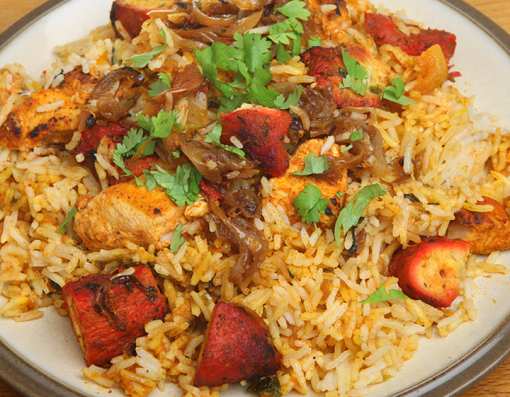History
The celebration of St. Patrick's Day in the United States has a long history. Our northern neighbors in Boston, Massachusetts started the first St. Patrick's Day parade as early as 1737. The cities of Philadelphia and Baltimore followed in the late 1700's. During the period of Westward Expansion, parades started in St. Louis in 1810 and in San Francisco in 1850. Hugh Augustine Aloysius Mulligan (Providence Journal, March 17, 1957) told of the first New York celebration in 1766. The day "was ushered in at dawn with fifes and drums" and wound up late at night with the downing of 20 toasts, ranging from "May the Sons of Liberty never want roast beef nor claret," to "May the enemies of Ireland never eat bread nor drink whiskey, but be tormented with itching without benefit of scratching," and one final toast, "To our noble selves!"
On March 14 1971, Garrett D. Byrnes, a writer for the Providence Journal, wrote about the history of the St. Patrick's Day Celebration in Providence. As long ago as 1835, he reported, St. Patrick's Day brought together a group of Irishmen at the home of the Rev. Mr. Constantine Lee. At that time Catholic priests were not called Father. They met midway on the pike between Providence and Pawtucket. Father Lee ministered to St. Mary's in Pawtucket on his farm, O'Connellsville, whom he named in honor the the great patriot Daniel O'Connell, who struggled so hard and well for the emancipation of the Catholic Irish from the British. The men who gathered at Father Lee's to dine and toast "The day," the United States, the American Eagle, Irish Ladies, the martyred Robert Emmet and The Church, were for the most part textile printers from Donegal who worked in Philip Allen's mill in the North End. Four years later, in 1839, The first public celebration of St. Patrick's Day was held at the City Hotel in Providence.
In 1954, The Providence Journal described how Providence marked St. Patrick's Day in 1839.
The first celebration in Providence of the festival of St. Patrick was held on March 18, 1839 because March 17th fell on a Sunday! The Irish population of Providence was about 1,500. It was increasing by leaps and bounds. Many had come to Providence to help in building the railroad. They realized what a beautiful home Providence had to offer and many remained. Many people were attracted by the opportunities of the mills in Providence. The second grouping of immigrants included skilled mechanics: engravers, bleachers, calenders, weavers and colorers, who were employed in the print works. Many of these workers emigrated from the County Tyrone, in the north, where they learned their trade in the industrial section of Ireland, which was experiencing a steady decline. Four months earlier, Bishop Fenwick had dedicated the Church of SS. Peter and Paul, the site of the present Cathedral. This beautiful church was built primarily by the unflagging energy of Father Corry, a Fermanagh man, who was assigned the task by the Bishop. In December, 1938, at Christmas, Philip Allen & Son, the print works company employing many of the Irish, presented a bell cast in Spain and weighing 1,000 pounds to the Church.
The first St. Patrick's Day banquet was held in the City Hotel, on Broad Street, which was then near the Weybosset Bridge. About 120 people sat down at the festive board, which was presided over by Patrick O'Connell, from County Dublin, a block printer by trade. It was reported that he conducted his office that night with "much dignity and ability." He was assisted by Henry J. Duff, another block printer, who was a leading spirit in the Irish community. William Kelley, a laborer and Jeremiah Baggot, who was from Limerick and had a grocery store on High Street, also helped. Several Englishmen, Scotchmen, and "Americans," a generic term used by the Irish to describe Yankees, were also present.
When the repast was over and the cloth removed, the local sons of S. Patrick got down to the real business of the evening: the toasts and the speeches, which they referred to as "the flow of wit and the feast of reason." The first speaker was Patrick O'Connell, the presiding officer, who with the immemorial modesty of orators started off: "In prefacing the first regular toast, I must acknowledge my utter inability to perform a duty so highly important, either to your satisfaction and mine..." Then his oration began!
First, there were the regular toasts, in the banquet pattern of the day, beginning with "The Day We Celebrate," to which the reply came: "Consecrated to Erin's faith, hailed by Irishmen with a 'Cead mille failtha!' (A hundred thousand welcomes). May the next return find her sons as free from the trammels of British despotism as our own honored saint left it from Druidical superstition." After the toast, the American Band, which was the Ed Fay band of the day, broke into the air of St. Patrick's Day. Toasts followed to Ireland, the United States, Daniel O'Connell, the President of the United States, and Tom Moore. After this final toast, P. Frederick White, of Dublin, a friend of Moore and the melodist, who was on a highly successful concert tour of the United States serenaded the group. His concert program was divided into two parts, one devoted to an account of the life of Tom Moore and the other to the singing of Moore's songs. When the applause died down, Mr. White started: "I arise not for the purpose of making a speech" and then proceeded to make a speech! Other regular toasts were dedicated to the governor of Rhode Island, the Bishop and clergy, the memory of Robert Emmet and concluded, as was the custom, with a bow to The Fair: "Heaven's masterpiece, earth's brightest adornment. May their beauty simulate man to imitate their virtues." And the band played, An Irishman's Heart for the Ladies.
The volunteer toasts were now in order, with some individuals invited, and others "rising as the spirit moved them," expressing a sentiment associated with the occasion or on a topic of the day. One of the toasts: "Beer a year old, Roast beef, hot and cold; And a wife that will never scold — To every honest Irishman." It reply to the toast proposed to Philip Allen & Son, young Philip Allen, who was a guest, drank to "Ireland and Irishmen. May they forever prosper!"
The editor of the Boston Pilot, Patrick Donahoe, who had a soft spot for the local community, commented enthusiastically upon the first St. Patrick's Day celebration in Providence, saying: "The patriotic Irishmen of Providence cannot be surpassed by any in the country in their devotion to the land of their adoption and a love of the land of their birth."
As the years went by, and more Irish settled here, March 17th became an ever greater occasion and the parade was the best and biggest part of it. Providence held them pretty regularly, according to Garrett D. Byrnes (Providence Sunday Journal, March 14, 1971) until 1920.





